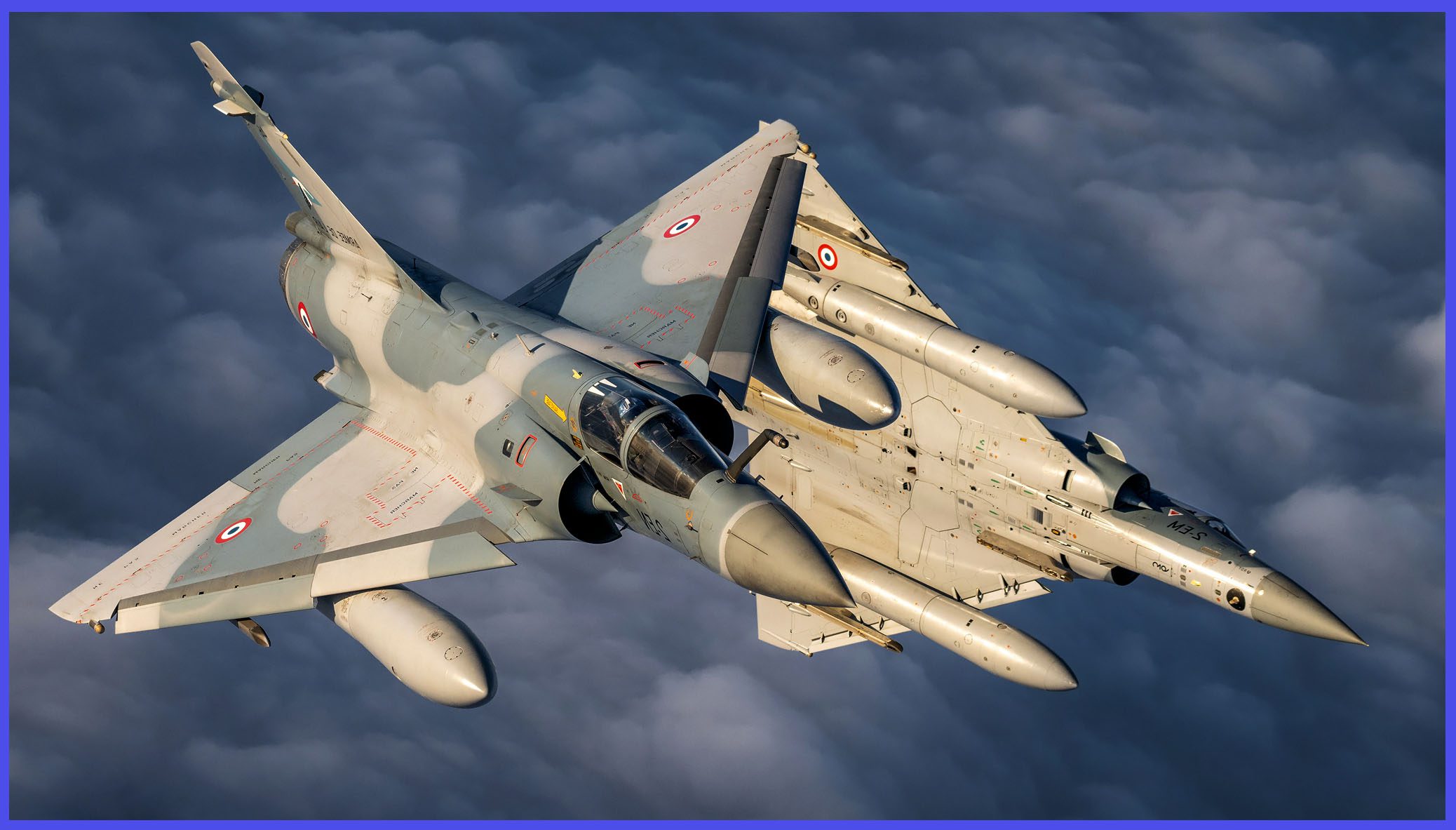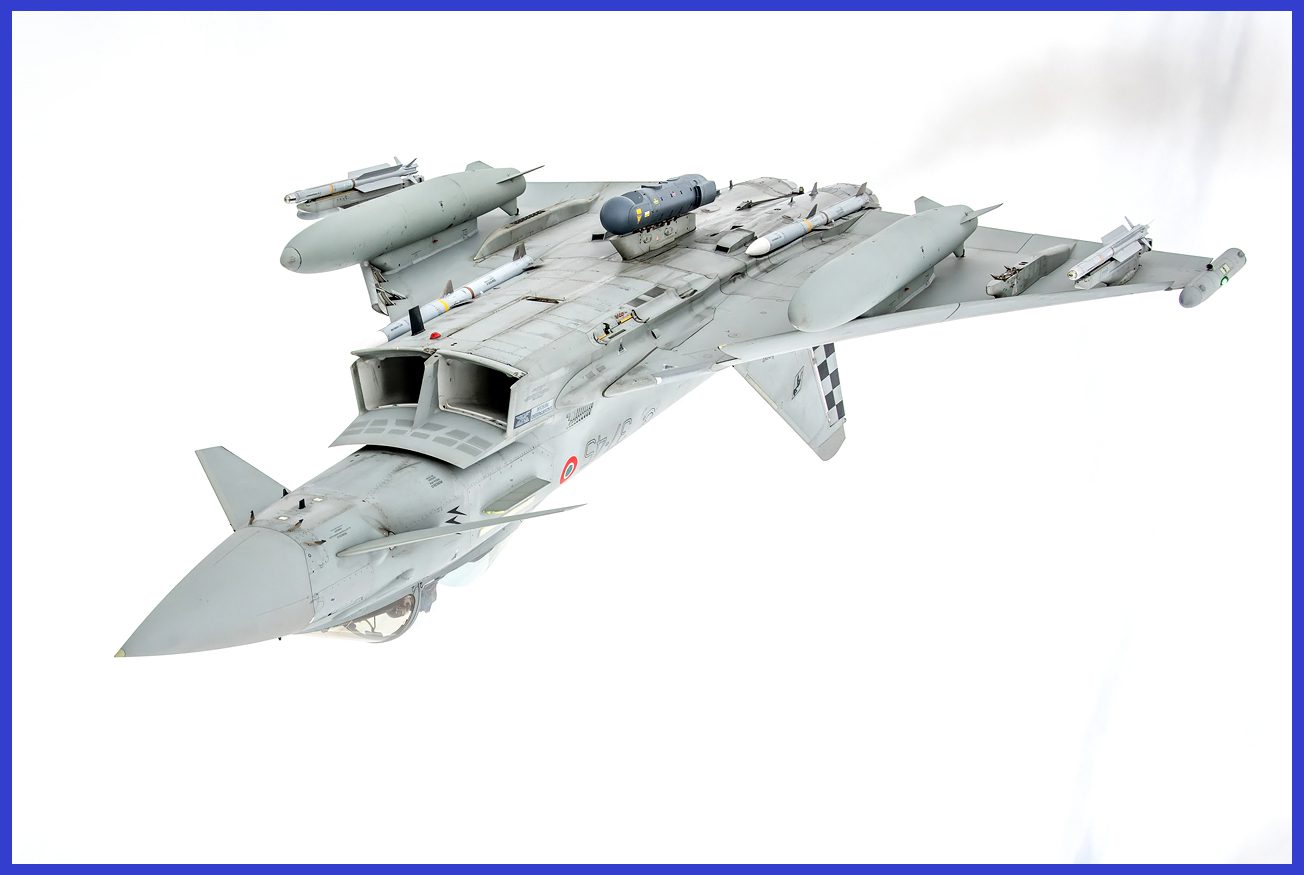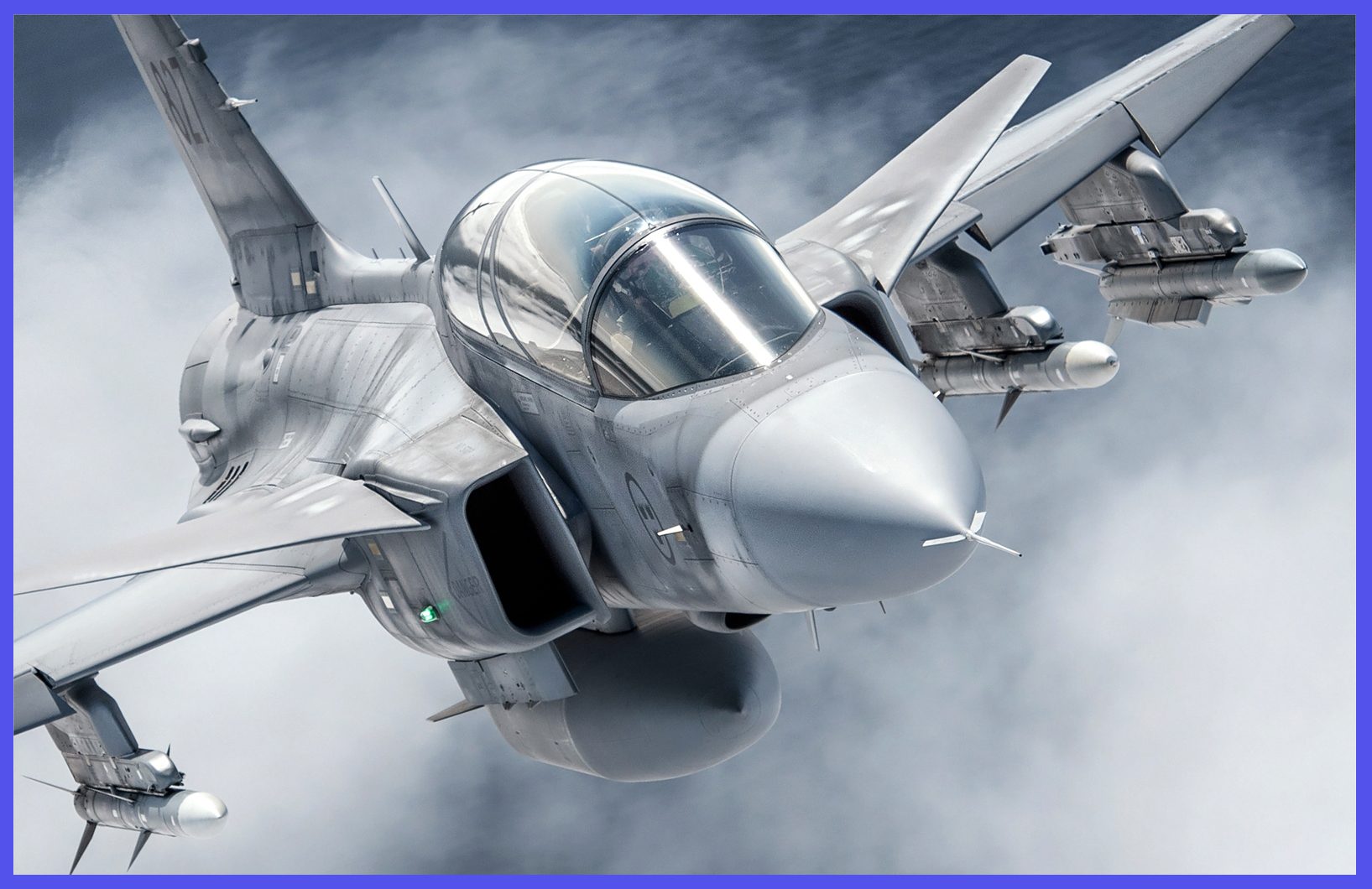
During a CAP mission, fighter aircraft remain airborne and vigilant, ready to intercept and engage any potential threats detected within their area of responsibility. These missions can be conducted over land or sea. They may involve coordination with ground-based radar systems or Ground-controlled interception (GCI) systems, airborne early warning and control aircraft (AWACS), and other assets to ensure comprehensive surveillance and defence coverage.
The initial CAPs were emblematic of aircraft carrier operations, where they were deployed to safeguard a carrier battle group. However, the term has evolved to encompass both land-based and naval flight operations. Capping operations contrast with fighter escorts in several aspects: the CAP force is not tethered to the group it defends, it enjoys unrestricted freedom in altitudes and speeds, and it possesses tactical versatility to address threats.

Fighter escorts usually adhere to the asset they protect and maintain the speed of the supported group, serving as a final reactive force against imminent threats. Upon engagement, the supported force remains vulnerable.
In general, CAP plays a crucial role in maintaining air superiority and protecting friendly forces and assets from enemy air attacks. It provides a rapid response capability to detect, deter, and, if necessary, engage hostile aircraft or other airborne threats before they can pose a danger to friendly forces or objectives. Effective coordination, communication, and situational awareness are essential for the success of Combat Air Patrol missions.

Varieties of Combat Air Patrols (CAP) Utilized by US Military Forces
The US military employs several types of Combat Air Patrols (CAP) to ensure air superiority and protect assets. These include:
Barrier Combat Air Patrol (BARCAP): These patrols involve establishing a defensive barrier across a designated area to prevent enemy aircraft from penetrating friendly airspace. It is commonly used in defensive operations. However, offensive operations may also be conducted based on the situation.

CAP/Strike: Aircraft assigned a primary CAP role alongside a secondary strike role are authorized to release strike ordnance and actively engage any enemy aircraft spotted, without being limited to defensive encounters. CAP/Strike missions require careful coordination and synchronization between different aircraft types, as well as effective command and control systems to ensure mission success while minimizing the risk to friendly forces. These operations are commonly employed in modern air campaigns to achieve tactical and strategic objectives across various theatres of operations.
Strike/CAP: Aircraft with a primary strike role and a secondary air defence role are authorized to release strike ordnance and engage enemy aircraft only in the event of a direct attack. Additionally, Strike/CAP aircraft also assume an egress CAP role once strike ordnance has been delivered on target.

HAVCAP: High Asset Value Combat Air Patrol, is deployed to safeguard critical assets like AWACS aircraft, aerial refuelling aircraft, or intelligence, surveillance, and reconnaissance (ISR) aircraft during their designated time on station. This role, also known as Escort Combat Air Patrol (ESCORT CAP), entails providing protective cover for bombers as they undertake missions deep into enemy territory. Escort fighters play a crucial role in ensuring the safety of the escorted aircraft from both enemy fighters and surface-to-air threats.
TARCAP: Target Combat Air Patrol, is executed over or near a strike target with the specific objective of safeguarding specialized attack aircraft like AC-130 gunships from potential enemy fighter threats. These patrols are instrumental in ensuring that aircraft are readily available and stationed when required to offer immediate support.

Suppression of Enemy Air Defenses Combat Air Patrol (SEAD CAP): is dedicated to neutralizing enemy air defence systems, including radar and surface-to-air missile sites, to ensure the safe operation of friendly aircraft in contested airspace. SEAD fighters are tasked with suppressing or destroying enemy air defences before or during other air operations.
RESCAP: which stands for Rescue Combat Air Patrol, involves the strategic deployment of a fighter force, usually sourced from aircraft already positioned in the vicinity, with the explicit aim of safeguarding personnel on the ground, especially downed pilots, from imminent ground threats. Moreover, it assumes the critical responsibility of providing protection to combat search and rescue aircraft or other rescue forces, thereby ensuring their safety and security from potential threats originating from both ground-based and airborne sources.

In conclusion, Combat Air Patrols (CAPs) have evolved to meet the dynamic challenges of modern warfare. While some traditional CAP types may have faded from practical usage, new variations continue to emerge, reflecting advancements in technology and changes in strategic priorities. As military forces adapt to evolving threats and operational environments, CAPs remain a cornerstone of airpower projection, providing essential protection to friendly forces and assets while exerting influence over contested airspace. By maintaining vigilance, adaptability, and innovation in CAP operations, military forces can continue to ensure air superiority and achieve mission success in the face of evolving adversaries and complex security landscapes.

Important Announcement for Our Valued Readers!
After an article is published, updates or changes may have occurred beyond the time of publication. Therefore, it is important to be aware that certain information in the article might be outdated. To ensure the most accurate analysis, verifying the content with the latest sources is highly recommended.
However, we are dedicated to delivering outstanding articles on military products and global updates. Maintaining quality and smooth operation requires resources. Your support sustains our efforts in providing insightful content. By purchasing high-quality products through our affiliated links, you help us keep our platform alive and acquire top-notch items. Your unwavering support is invaluable and inspires us to strive further.
We welcome your suggestions and requests for more information, as we value feedback from our readers. If there’s specific defence material or equipment not covered on our site, please share your request in the comments. We’ll strive to research and provide the required information. We sincerely thank you for your unwavering interest in our website, and we eagerly anticipate hearing from you! Enjoy your reading experience!

